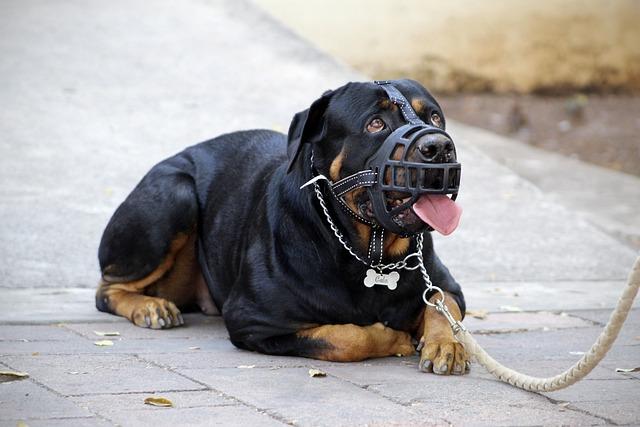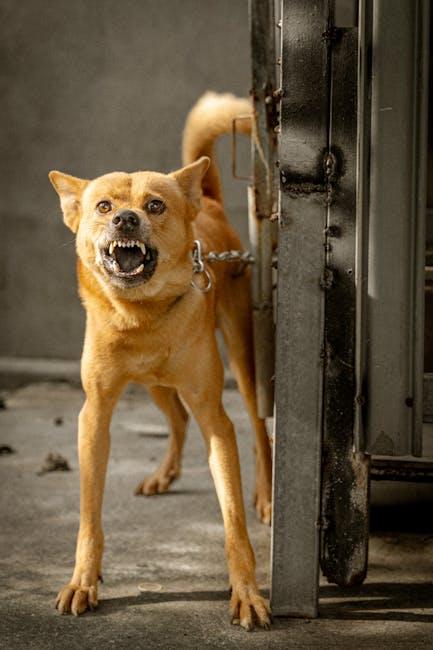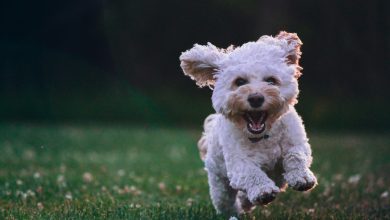Best Techniques to Correct a Dog’s Aggressive Guarding Behavior

Aggressive guarding behavior in dogs can pose significant challenges for pet owners, potentially leading to unsafe situations for both humans and other animals. This behavior often stems from a dog’s instinct to protect resources they consider valuable, such as food, toys, or even their favorite person. Understanding and addressing these behaviors is crucial for ensuring a harmonious household and fostering a positive relationship between dogs and their owners. In this article, we will explore the best techniques to correct a dog’s aggressive guarding behavior. By utilizing a combination of positive reinforcement, consistent training, and professional guidance, pet owners can effectively manage and modify their dog’s actions, promoting a safer and more balanced environment. Whether you are a new pet owner or have years of experience, these evidence-based strategies will provide valuable insights into transforming guarding tendencies into cooperative and confident behavior.
Understanding the Root Causes of Aggressive Guarding Behavior
Aggressive guarding behavior in dogs often stems from a combination of natural instincts and environmental influences. Resource guarding, where a dog protects food, toys, or even spaces, is a common trigger. This behavior is usually rooted in fear or anxiety, where the dog perceives a threat to their valued possession. Lack of socialization during critical developmental periods can exacerbate these instincts, leading to increased territorial aggression. Additionally, past experiences, such as negative encounters with other animals or humans, can reinforce these behaviors.
To address this issue, it’s crucial to identify the underlying causes. Here are some common triggers to consider:
- Fear of Loss: Dogs may feel that their resources are scarce or under threat.
- Insecurity: An insecure dog might guard to establish control over its environment.
- Past Trauma: Negative past experiences can lead to heightened guarding instincts.
- Genetic Predisposition: Some breeds are naturally more prone to guarding behaviors.
Understanding these root causes is the first step towards implementing effective correction techniques and helping your dog feel secure and relaxed in its environment.

Implementing Positive Reinforcement Strategies for Behavior Modification
- Reward-Based Training: One of the most effective methods is to use reward-based training to encourage desired behaviors. Begin by identifying the triggers that cause your dog to guard aggressively. Gradually expose your dog to these triggers in a controlled environment, rewarding them with treats and praise for calm behavior. Consistent reinforcement helps in creating a positive association, reducing anxiety and aggression over time.
- Clicker Training: This technique involves using a clicker to mark the exact moment your dog exhibits a desired behavior. Pair the click with a treat to reinforce the behavior. Over time, your dog will associate the click with positive outcomes, making it a powerful tool to encourage less aggressive guarding behavior.
- Desensitization and Counter-Conditioning: These strategies involve gradually introducing your dog to situations that typically trigger aggressive guarding, while simultaneously providing a positive stimulus, such as a favorite treat or toy. This method helps in reducing the dog’s fear or anxiety associated with guarding, encouraging a more relaxed response.
It is crucial to remain patient and consistent while implementing these strategies. Every dog is unique, and some may take longer than others to respond to positive reinforcement. Avoid punishment-based methods, as they can exacerbate aggression and hinder trust-building. Always ensure your training sessions are brief and end on a positive note, maintaining a calm and encouraging demeanor throughout the process.

Establishing Consistent Training Routines to Promote Positive Behavior
Creating a structured and reliable training routine is essential to address aggressive guarding behaviors in dogs. Consistency in training helps reinforce positive behavior and diminish the instinctual need to guard. Here are some key techniques to establish a successful routine:
- Scheduled Sessions: Set aside specific times each day for training sessions. Consistent scheduling helps the dog understand when to expect training and prepares them mentally for the activity.
- Positive Reinforcement: Use treats, praise, and affection to reward desirable behavior. Positive reinforcement encourages your dog to repeat these behaviors, gradually replacing the aggressive guarding tendencies.
- Clear Commands: Use simple and consistent commands to guide your dog during training. This clarity helps the dog understand expectations and reduces confusion, which can trigger aggression.
Implementing these techniques within a routine can significantly reduce guarding behaviors, promoting a more harmonious relationship between you and your furry companion. Remember, patience and persistence are key to achieving long-lasting results.

Incorporating Professional Guidance for Severe Aggression Cases
When dealing with severe cases of aggressive guarding behavior in dogs, enlisting the help of a professional can be a pivotal step. Certified dog behaviorists and trainers bring a wealth of experience and specialized knowledge that can significantly enhance the effectiveness of a behavior modification plan. Key benefits of professional guidance include:
- Personalized Assessment: Experts can conduct a thorough evaluation of your dog’s behavior, considering unique triggers and environmental factors.
- Tailored Training Plans: They develop customized strategies that align with your dog’s specific needs and your lifestyle.
- Safety Assurance: Professionals can implement techniques that prioritize safety for both the dog and the household.
- Long-term Support: Ongoing guidance ensures that progress is monitored and adjustments are made as needed.
Incorporating professional assistance not only increases the chances of success but also provides peace of mind, knowing that the approach taken is rooted in expertise and a deep understanding of canine behavior.



